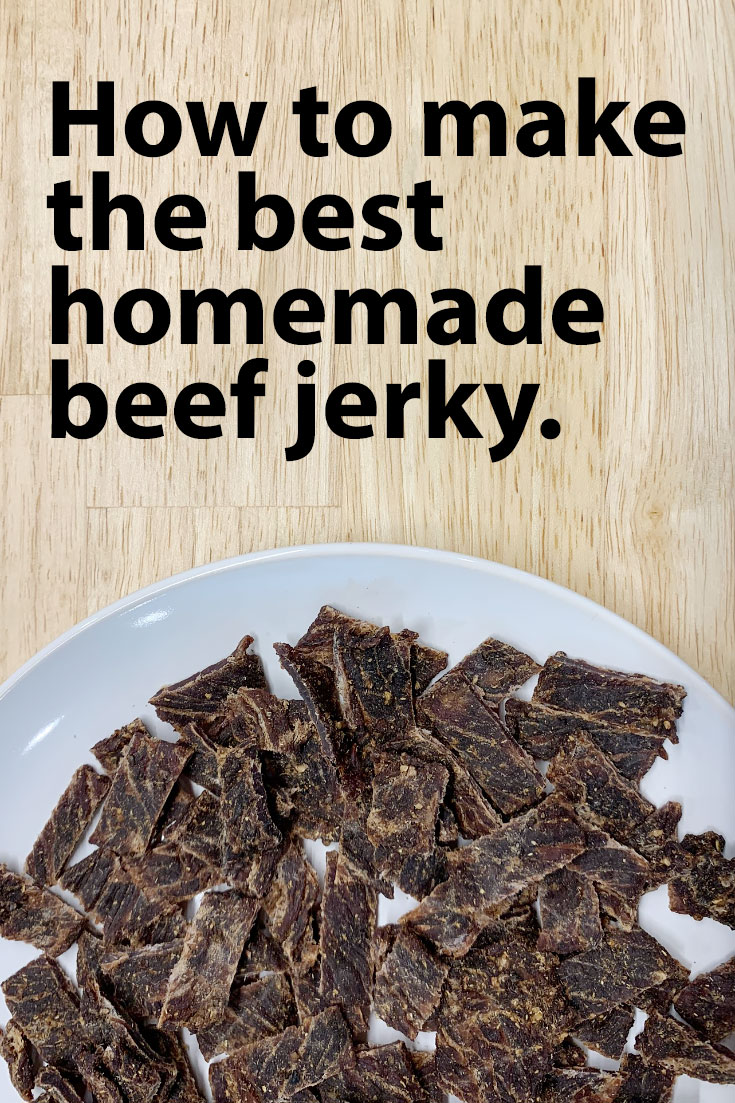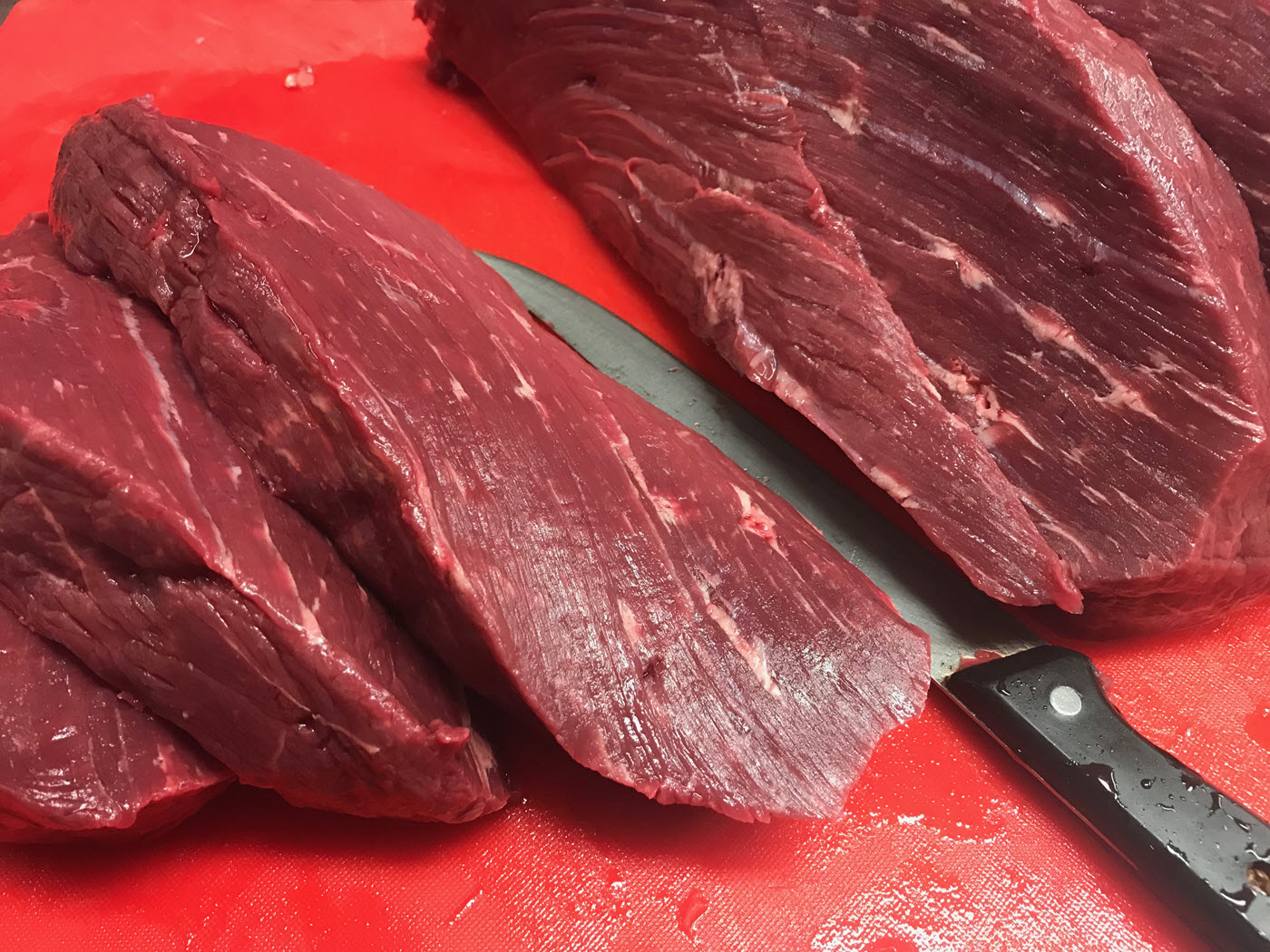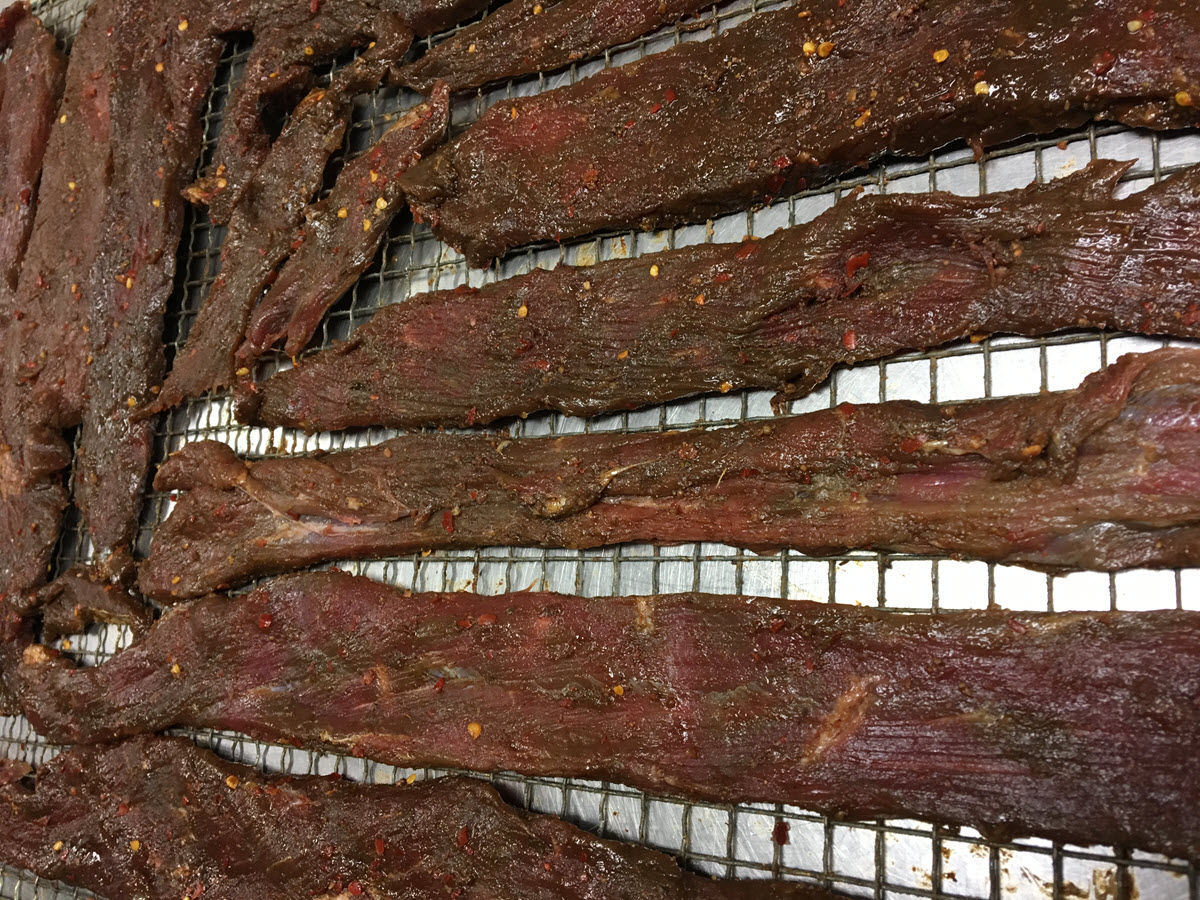Marinade
Your marinade is what will determine the final flavour and texture of your jerky. Regardless of what you add, your marinade has to contain vinegar, spices, water, and salt in varying quantities.
Soy sauce, or any other salt, is important for food safety and helping to dehydrate the meat faster. Avoid using low-sodium soy sauce since it won’t have the salt necessary to inhibit microbial growth. Vinegar is also vital for food safety and adds the traditional acidic tang associated with great beef jerky.
While the above ingredients are essential, there are plenty of other marinade ingredients you can add to make your beef jerky even better. Some popular additions include:
Worcestershire sauce: this tangy, sweet fish sauce adds an extra layer of flavour and complexity to the meat. Use sparingly, as it can become overwhelming very quickly.
Tamari sauce: if you don’t want excessively salty beef jerky, consider using tamari sauce instead of soy sauce. It’s less salty while still having a similar preserving capacity to improve food safety.
Sugars: if you like slightly sweet beef jerky, consider adding liquid sugars like maple syrup or even simple brown sugar. You can even add fruit juice to increase acidity and sweetness at the same time.
Spices: the sky’s the limit when it comes to spices. Common additions include black pepper, red pepper flakes, chilli flakes, smoked paprika, onion powder, garlic powder, coriander seeds, sesame seeds, and even curing salt or liquid smoke for a more American BBQ-type flavour.
When you’re designing your own beef jerky marinade recipe, try to add ingredients sparingly. Adding everything and the kitchen sink in your first effort will probably result in disaster. Consider the flavours that you love, and remember that less is more. You don’t want to completely overwhelm the savoury taste that makes us love beef jerky so much.
Making homemade jerky is about experimentation, so don’t be afraid to adapt our already-great recipe with some changes of your own.




